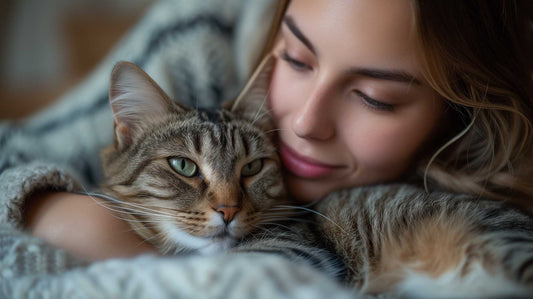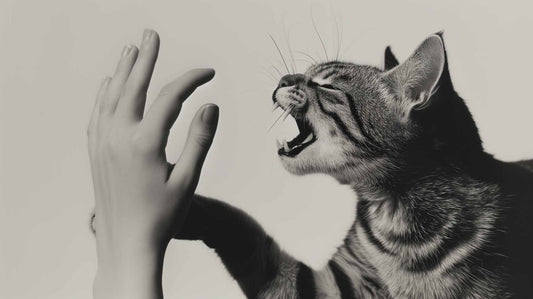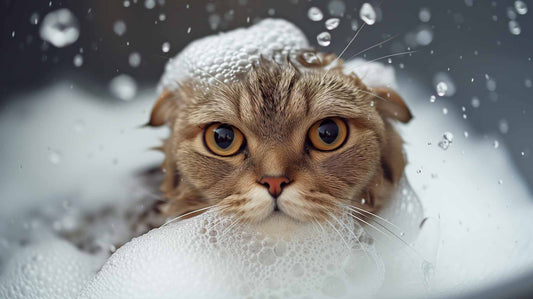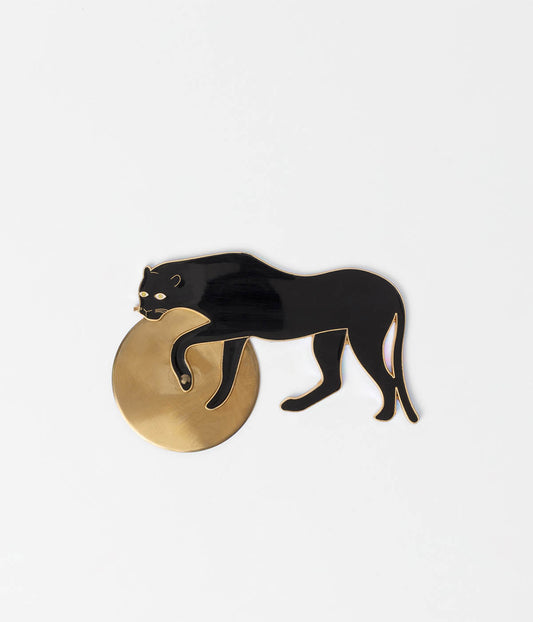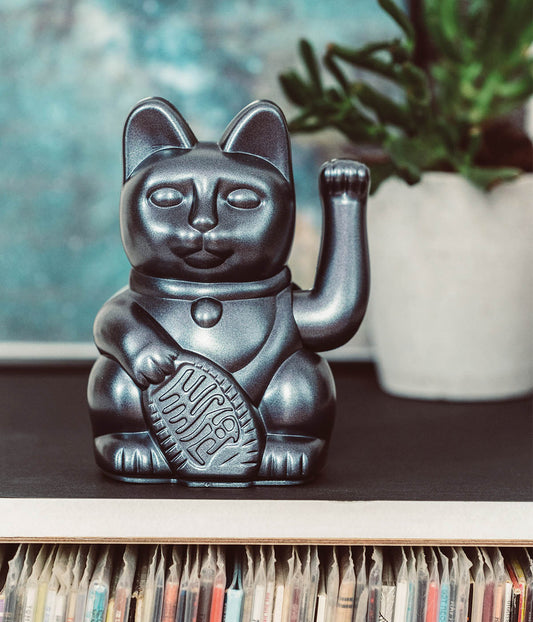
How to identify good cat food by declaration
Marie DuchessDistinguishing a good from a bad cat food is not that easy. Many manufacturers deliberately make it difficult to compare cat food thanks to their declaration. In addition, not all ingredients have to be listed on the label. This applies even to declarable substances if these additives have already been used by the supplier of the raw materials. If fats are already treated with preservatives by the supplier – so that they do not become rancid – there will be no declaration of this on the label. Only declarable substances that a manufacturer admit themselves ne to be listed. In addition, the European packaging regulations are full of contradictions. If percentages are indicated on the packaging, even if they are not required by law, the content becomes binding and the minimum quantity indicated must be included in the feed. However, fluctuations are the rule and no one can guarantee that you will find the same number of chicken hearts in every can. This is one reason why some manufacturers simply do without the declaration, especially large industrial brands, who can no longer understand which parts really end up in the individual food can.
Especially what is not described on a label helps to assess the quality of a cat food. An appropriate product description is therefore a quality feature of the manufacturer.
Manufacturers of cat food can choose between an open and a closed declaration. In addition, there is a mixed form as a semi-open.
Open declaration:
Example: 67% chicken (consisting of muscle meat min. 21%, hearts min. 10%, fleshy necks, stomachs, livers), 28% chicken broth, 4% carrots, 0.8% minerals, 0.2% salmon oil.
If a manufacturer lists its contents individually in a 100% declaration, i.e. with all ingredients and all animal parts used – and assigns the percentage of its contents – then this will says a lot about the trustworthiness of the manufacturer. An exact composition of all components, such as breast meat, liver and heart in percent, is transparent. Not all parts of an animal have the same value and with an open declaration you can see directly which ones have been processed for your cat food.
Semi-open declaration:
Example: 95% chicken (67% chicken, 28% chicken broth), 4% vegetables, 0.8% minerals, 0.2% salmon oil.
Those who do not specify the individual components usually have something to hide. Although some manufacturers may make excuses by arguing about protecting their recipe, most of them just want to hide inferior parts such as udders, carcass or worse.
Attentive readers will have noticed that the meat content of the chicken is suddenly much higher, although it can be the same food. The cat food in this declaration could theoretically contain 100% chicken feed without you ever knowing and the water content required for production is only stated in this form (as part of the chicken) to visually improve the amount of animal content. If you only just casually fly over the declaration, you might mistakenly belief that the food contains more chicken which is not the case.
Closed Declaration
Example: Meat and animal by-products (67%, including chicken 4%), minerals
If you only find the indication 4% chicken, this means that chicken is the ingredient that dictates the taste. Other meat components can come from any animal and the undeclared portion could even include soy, grain or worse. This makes it impossible to judge what is contained in this feed. This usually has its reasons. This declaration is only chosen by manufacturers who want to disguise their ingredients. Many animal feed manufacturers use the rest of the meat industry. These are not necessarily inedible parts but often those that have no other use and are otherwise thrown away. They receive their cheap but inferior meat in large collections of containers and metal bins. The content is no longer comprehensible and it’s impossible to tell the content without a laboratory analysis. Poultry, beef, fish, pig are inseparably mixed as meat paste. Sensitive cat stomachs do not tolerate this and quickly develop a chronic intolerance to entire groups of animals.

